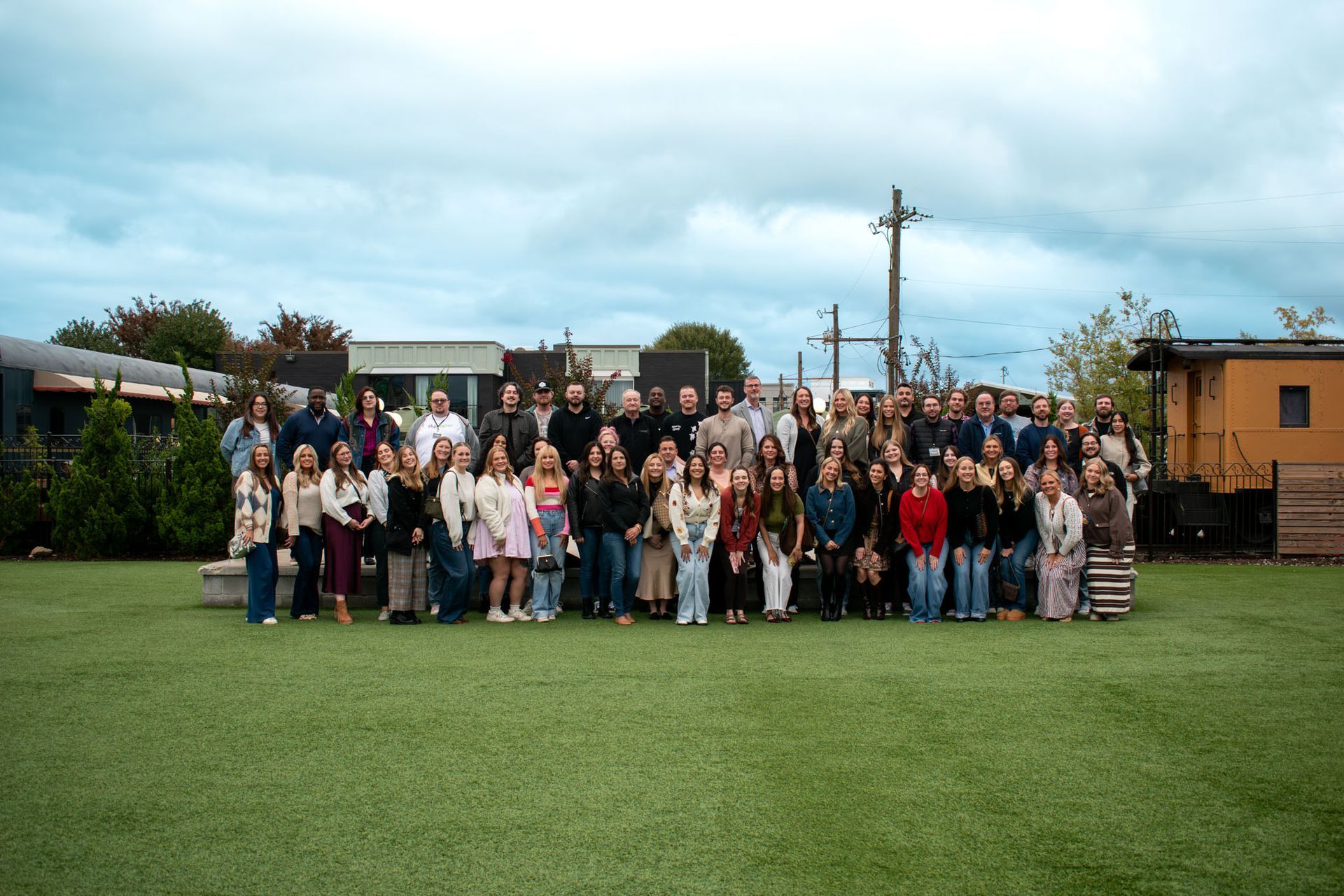What Is SEO Content and How Does It Help My Website Rank Higher?
In the competitive world of digital marketing, SEO content is one of the most powerful tools you have to ensure your website ranks higher on search engines. But what exactly is SEO content, and how can it help elevate your online presence? Let's dive into the fundamentals of SEO content and understand its role in your business's digital marketing strategy.

What Is SEO Content?
SEO content is specifically created to rank well in search engines, such as Google. It's designed to answer the questions and solve the problems that your potential customers are actively searching for. But it's more than just throwing in a few keywords. It's about providing valuable, engaging, and well-structured content that Google can understand and reward with higher visibility.
The types of SEO content can include:
- Blog posts that target specific questions your audience is asking.
- Service or product pages optimized for keywords that convert visitors into customers.
- Landing pages are designed to guide users to take action, whether it's filling out a form or making a purchase.
Why Does SEO Content Matter?
SEO content is more than just a buzzword—it's what helps your website get noticed by search engines and drives organic traffic. Here's why it matters:
- Increased Visibility: Well-optimized SEO content helps your website appear in search results when customers search for terms related to your business. The more visible you are, the more likely you are to capture their attention.
- Engaging Content: Effective SEO content addresses the questions your audience is asking, thereby keeping visitors on your site for longer. Google values websites that engage users and offer solutions to their problems.
- Better Rankings: By optimizing your content with the right keywords, structure, and valuable information, search engines will be more likely to rank your content higher in search results.
- Higher Conversion Rates: The right SEO content not only attracts visitors but also converts them into leads or customers. It's about giving your audience exactly what they need and building trust.
How to Create SEO Content
Creating SEO content may sound simple, but there's a lot more than meets the eye. While we'll share the basics, implementing these strategies successfully requires expertise and deep knowledge of your industry, your audience, and the ever-changing algorithms that power search engines.
Here are some key factors that contribute to successful SEO content:
- Understanding Keyword Intent:
- What is keyword intent? It's the reason behind a user's search. Are they looking for information? A product? A service? Understanding this intent and creating content that answers their question is key.
- Pro Tip: You can't just focus on high-volume keywords. Tailoring content to meet the intent behind those keywords will improve your chances of ranking. But the best way to identify which keywords will work best for you? Well, that's something our team at Flypaper does expertly.
- Structure and Readability:
- Search engines love content that is well-organized and easy to read. This includes using header tags, bullet points, and short paragraphs. But the most important factor? Make sure your content is relevant and flows logically.
- Pro Tip: Google looks for more than just keyword density—it evaluates how users interact with your content. If you're not following best practices for structure, you could be missing out on the opportunity to rank higher.
- Creating Valuable Content:
- Content isn't just about sprinkling in keywords. It's about providing real, tangible value. This means understanding your audience's pain points and creating content that helps solve those problems.
- Pro Tip: It's important to keep the content updated and aligned with the latest search trends. Our team specializes in continuously analyzing what works and refining strategies as search engine algorithms evolve.
- Optimizing On-Page Elements:
- Things like meta descriptions, alt tags for images, and internal linking play a big role in SEO. But the trick is knowing how to balance these elements for maximum impact without over-optimization.
- Pro Tip: Getting your on-page elements right can give you a competitive edge, but it requires an in-depth understanding of how search engines read and interpret your website. That's where our team's experience comes into play.
How SEO Content Helps Your Website Rank Higher
Here's where the rubber meets the road: SEO content directly impacts your website's search engine rankings. By incorporating the right keywords, structuring content for readability, and addressing your audience's needs, search engines are more likely to reward your website with higher rankings. But achieving this requires more than just applying a few tips—it takes ongoing optimization and expertise.
- Relevance: Search engines aim to display users with the most relevant results. By crafting content that answers specific questions with in-depth information, your site is more likely to be viewed as a credible source.
- User Engagement: Google considers metrics such as time spent on your site and bounce rate. Quality content that keeps users engaged can enhance these metrics, ultimately boosting your rankings.
- Authority: When your content is well-optimized and provides genuine value, it not only builds trust with your audience but also with search engines. As a result, your website earns authority, which contributes to higher rankings.
The Flypaper Advantage: Why You Need Experts to Master SEO Content
While creating SEO content may sound straightforward, the truth is that the landscape is constantly changing. Google's algorithms are updated regularly, and staying ahead of these changes requires deep knowledge and strategic foresight—something that most business owners simply don't have the time to manage themselves.
That's where Flypaper comes in. We specialize in creating and optimizing content that's designed to rank. Our team has a comprehensive understanding of SEO best practices, industry trends, and your unique business needs, so you don't have to worry about keeping up with the constantly evolving SEO world.
Ready to take your website to the next level with expertly crafted SEO content? Contact us today to discover how we can help your business achieve higher rankings and drive more qualified traffic.








